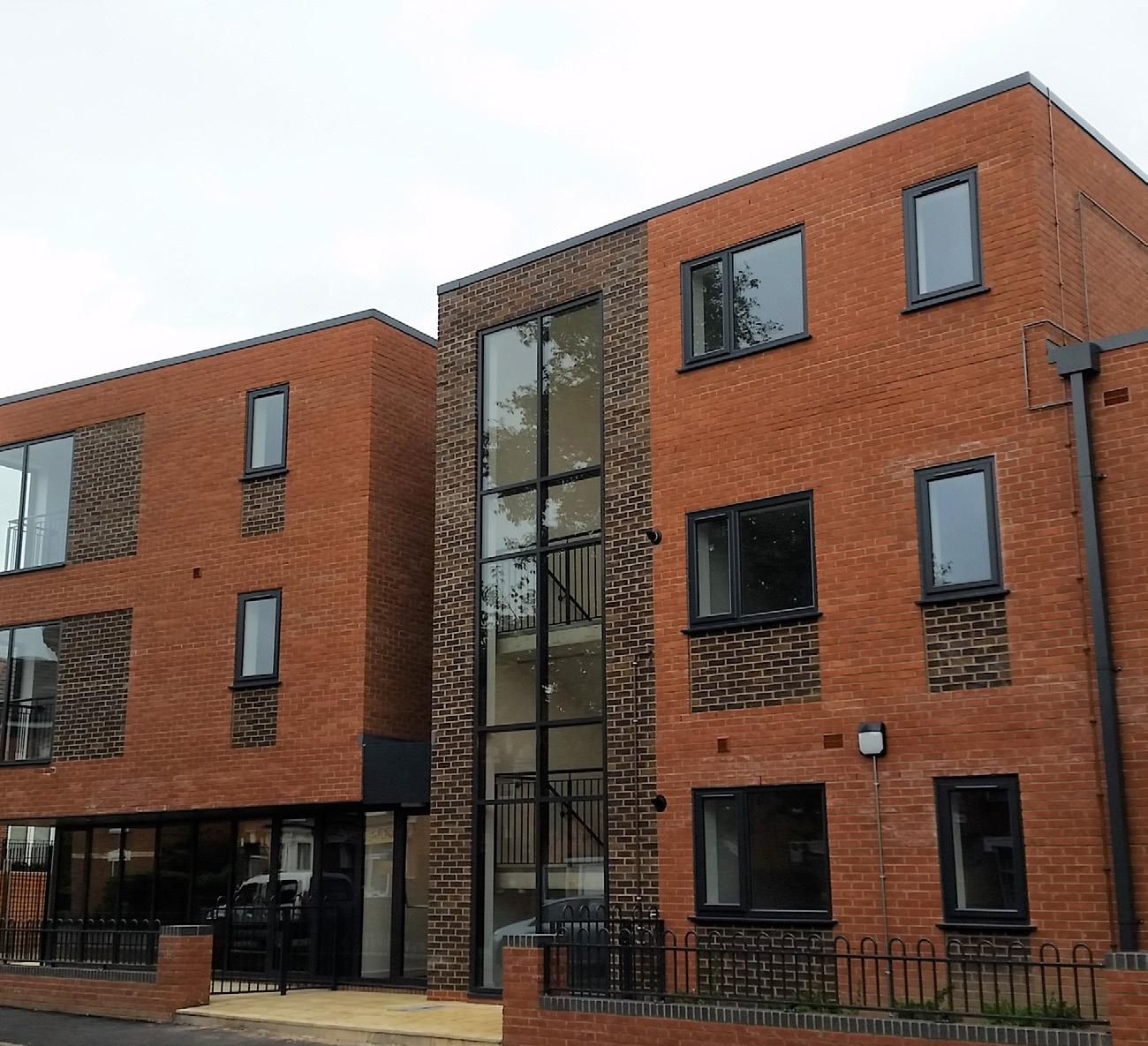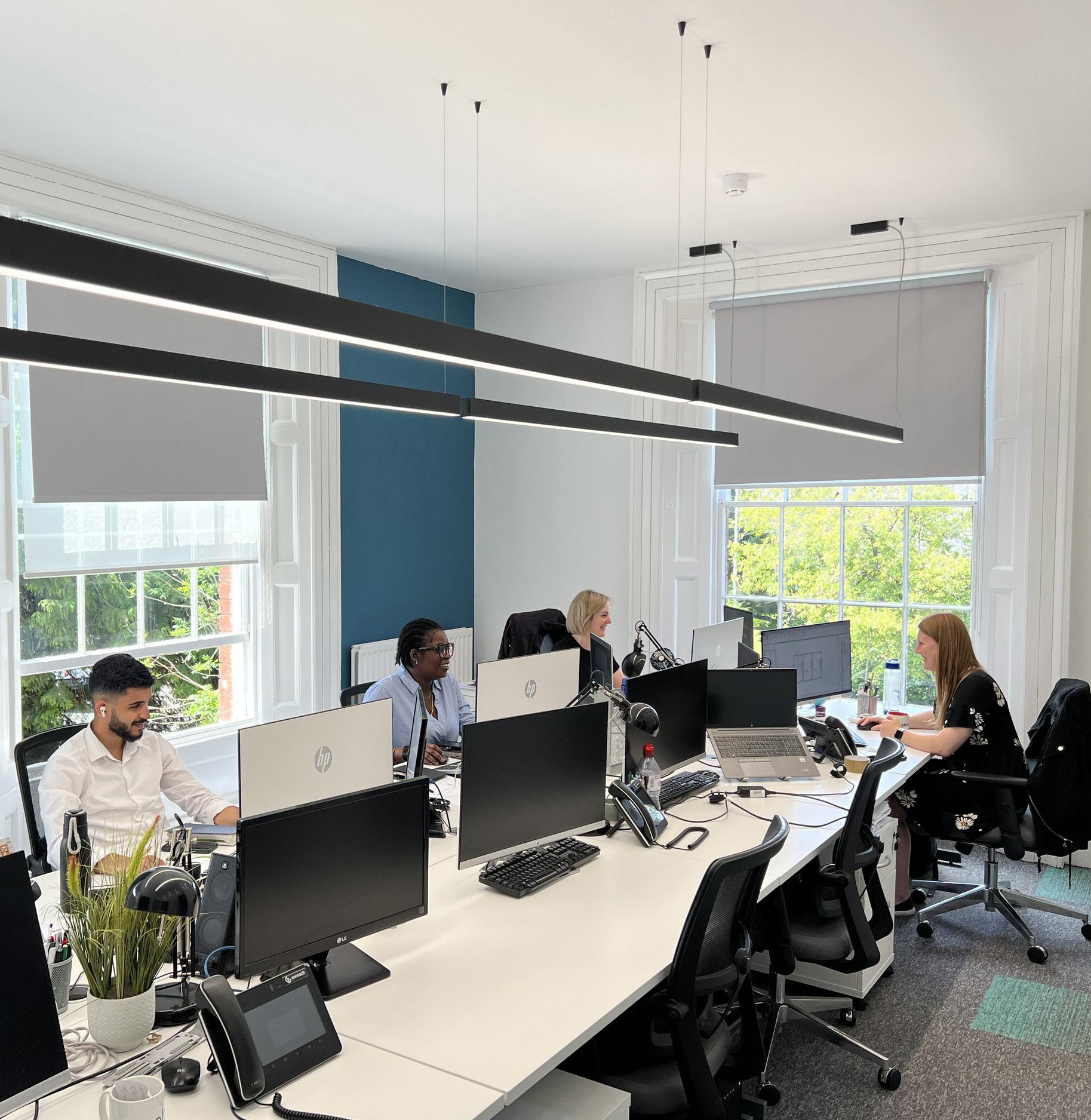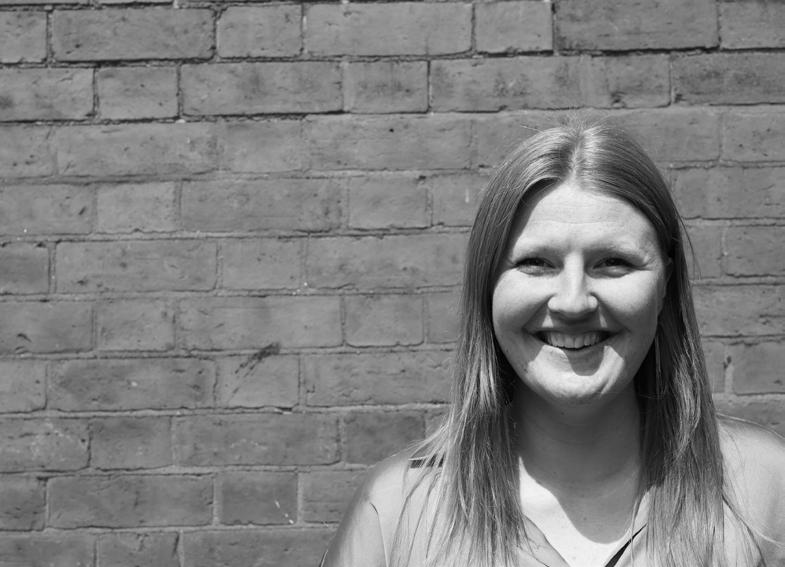
ASC DESIGN TEMPLATE LEARNING DISABILITIES
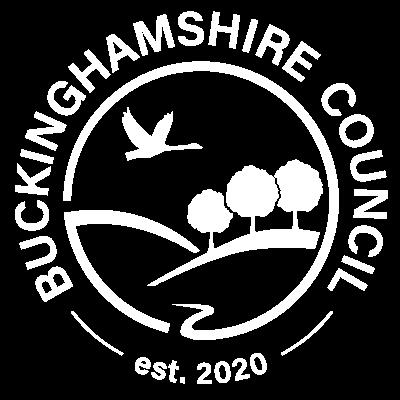




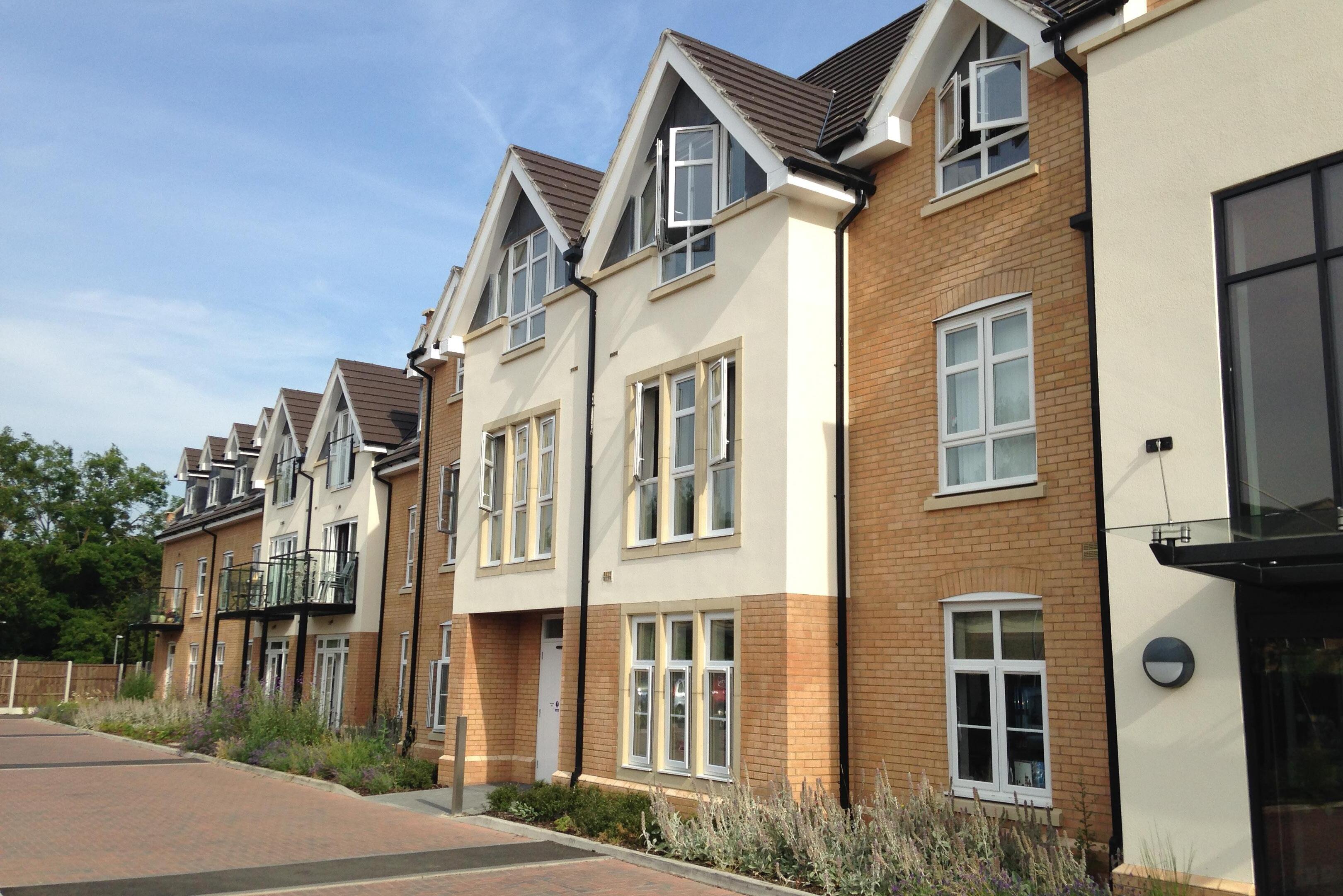
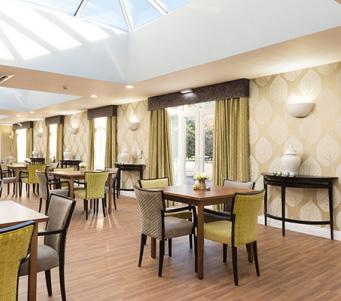


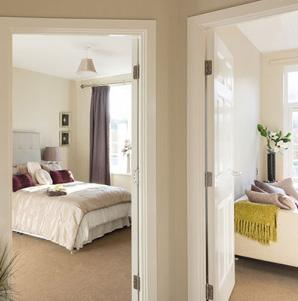
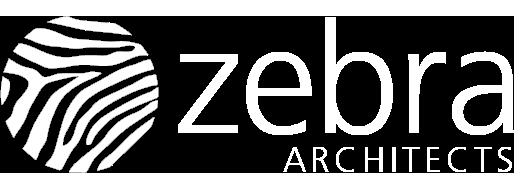

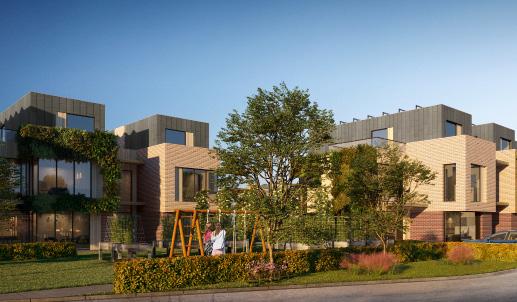
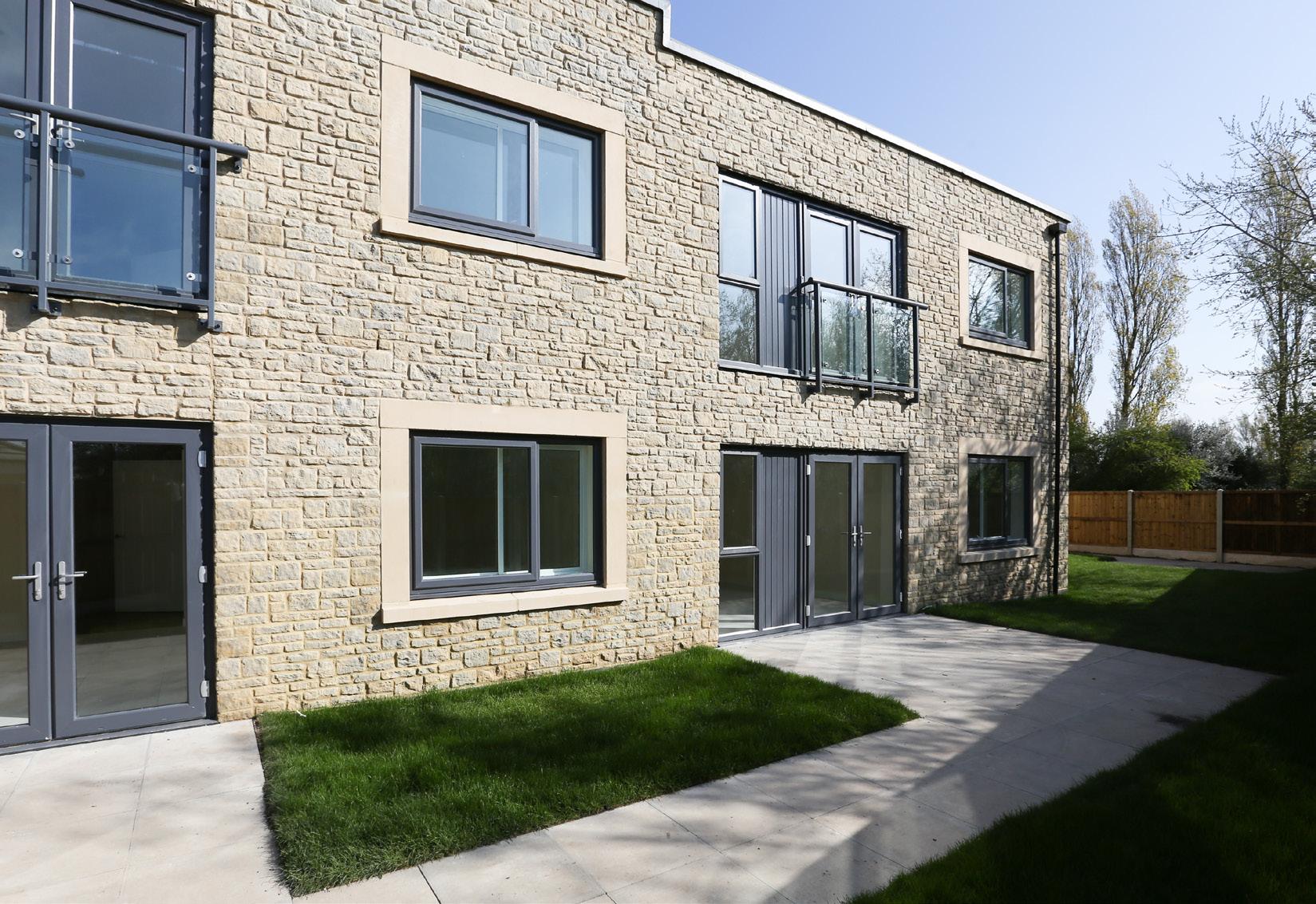


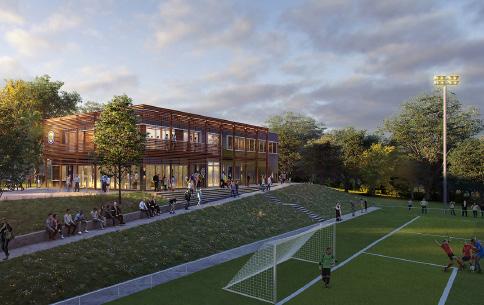

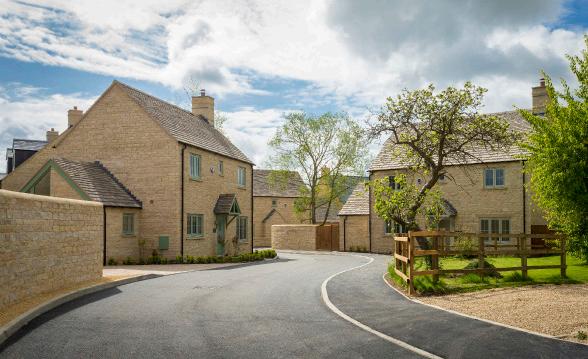
























High quality design combined with commercial sense, delivered in a way to suit you.
Zebra Architects are an established, friendly and diverse practice operating nation-wide from the stunning St Georges Square in Worcester.
We are renowned for creating high quality, carefully crafted buildings and spaces where creativity unlocks the constraints and adds value to your journey and end result. We want to find the balance between innovation, design and sustainability which suits you, and we have a superb track record of achieving planning consents.
Commercially astute at adding value without adding cost, we know how to make your budget stretch further. We guide you to ensure you don’t have to compromise your project and, put simply, the value you gain working with us will far outweigh our fees.
worcester
30 st georges square WR1 1HX
01905 351 472


hello@zebraarchitects.co.uk



Zebra Architects Limited are an award winning RIBA registered practice with office in Worcester.
Formed in 2004, Zebra has extensive experience in providing schemes for specialist and supported housing in relation to adult social care, Including supported/ assisted living.
Zebra’s schemes are nationwide for a variety of providers including the following:
Sanctuary, Civitas, Platform Housing, Connexus, Alliance Housing, Housing 21, Autism West Midlands, Lisieux Trust, Specialised Supported Housing, Rooftop Housing and Keon.


Zebra undertakes all RIBA stages from briefing to handover, collaborating with clients and user groups to establish project briefs through workshops and on-site observations of care settings.
Our designs prioritize sustainability, employing a fabric-first approach and incorporate Passive House principles.
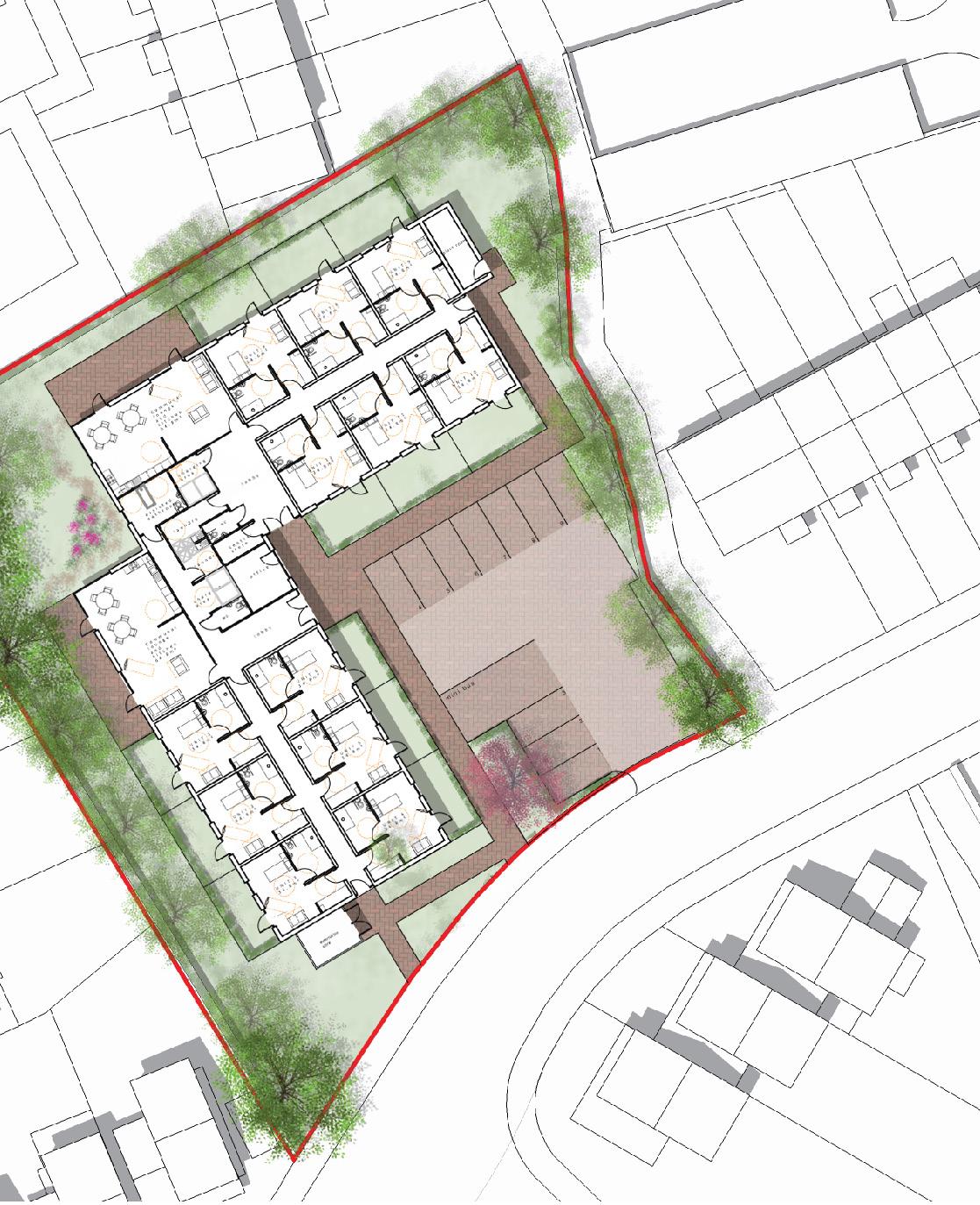




When designing assisted living private spaces, it’s essential to adhere to the M4(2) and M4(3) UK building regulations. These regulations focus on accessibility and adaptability to ensure that homes are suitable for older adults and those with disabilities.
Here’s a table that summarises the key distinctions, emphasizing the different target users and accessibility features of each regulation:
Aspect
Purpose
User Requirements
Space Standards
Entrances
Internal Layout
Bathroom Facilities
Staircases
Parking
Adaptability
Kitchen Design
Construction Costs

M4(2) Accessible and Adaptable Dwellings
Designed for general accessibility
Suitable for a range of occupants
Minimum space standards for access
Level or ramped access with some flexibility, doors must have a 775mm clear opening width to facilitate wheelchair access
Adaptable internal spaces for modifications, open plan layouts enhance movement
Accessible for wheelchair users with provision to install gra b ra ils
Considered but not mandatory
Some consideration for accessible parking
Homes can be easily adapted for future needs
Adaptable for wheelchair users, l ower work surfaces and accessible storage
Generally lower due to fewer specific requirements
M4(3) Wheelchair User Dwellings
Specifically for wheelchair users
Tailored for wheelchairdependent users
More generous space requirements
Level access and wider doorways ( 900mm ).
Fixed layouts designed for easy manoeuvrability, larger turning circles and space for assistance devices
Full wheelchair-accessible bathrooms with reinstalled walls for grab rails
Staircases not included, as they are not required
Requires dedicated wheelchair-accessible parking spaces
Less emphasis on adaptability; designed for immediate usability
Fully wheelchair accessible kitchen with lowered surfaces a nd accessible storage
Potentially higher due to stringent standards
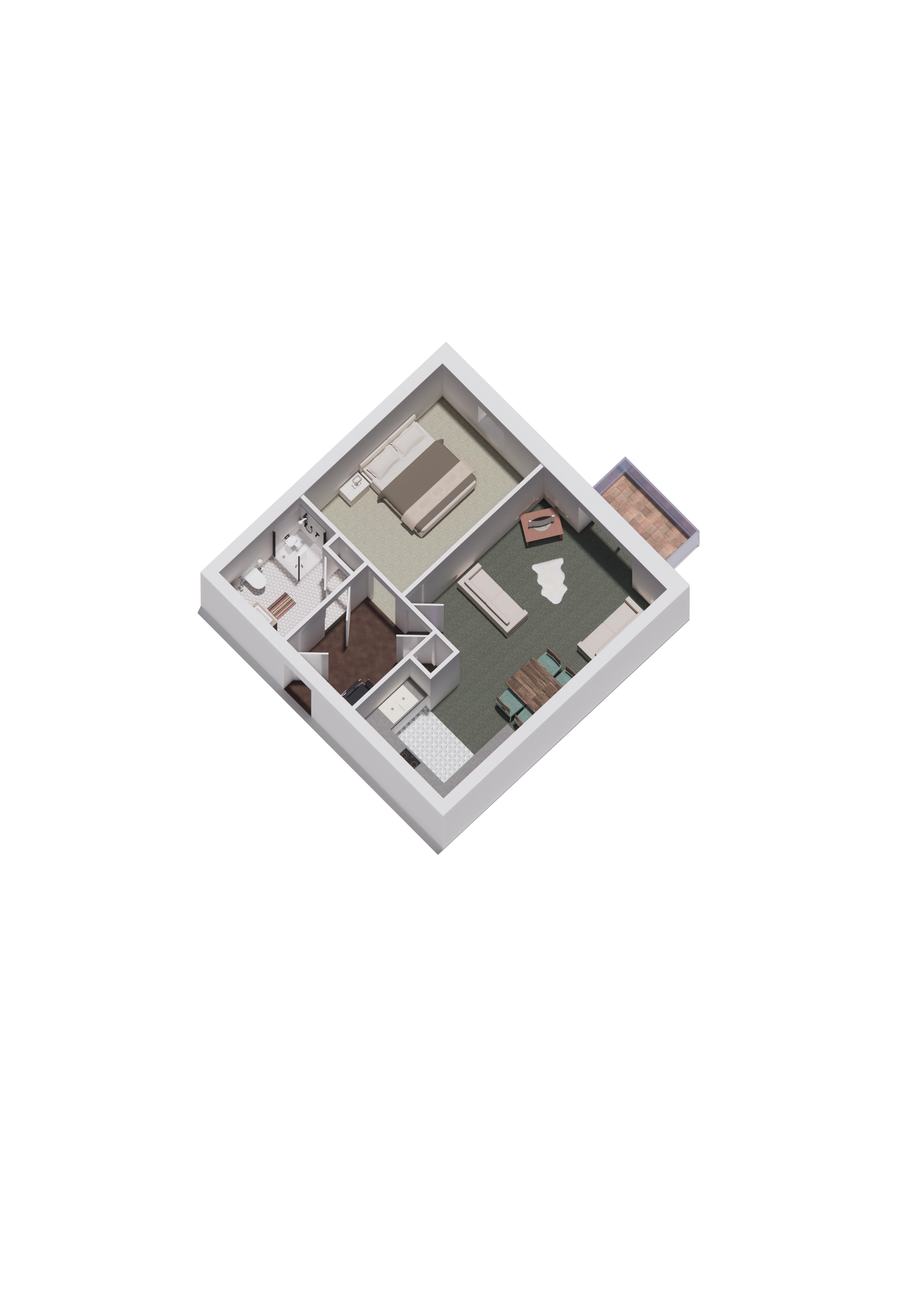
In assisted living facilities, residents often have a combination of physical and learning disabilities, making adaptable living spaces essential. The specific ratio of M4(2) to M4(3) standards needed is determined by the end users.
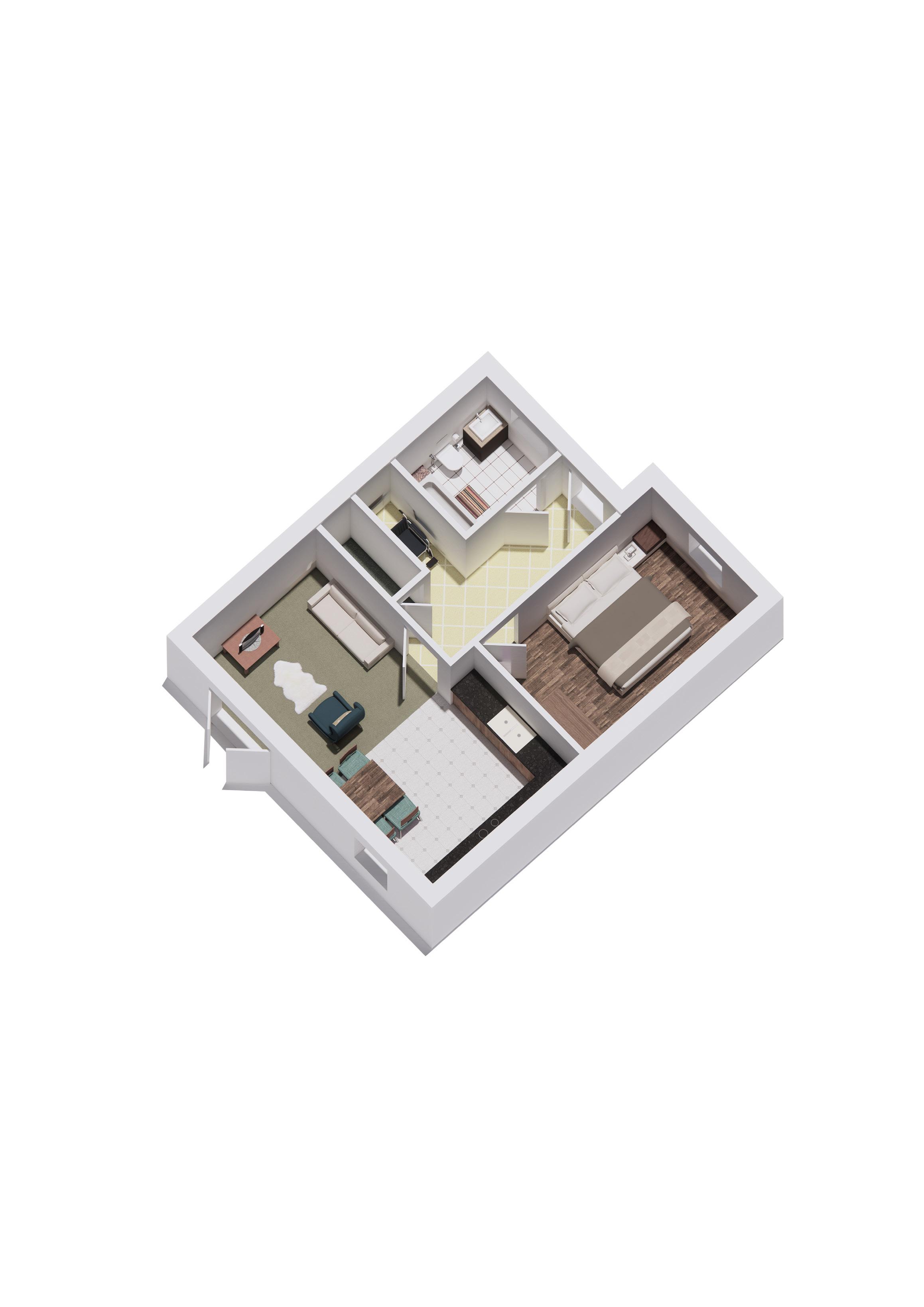
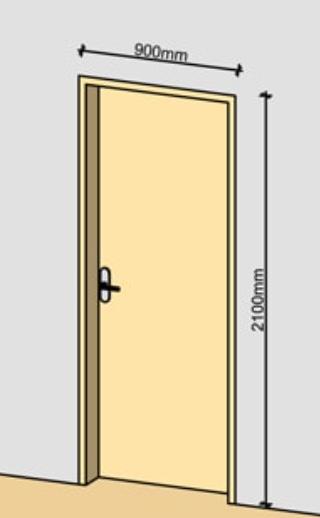





Incorporating these guidelines enhances residents’ quality of life, promoting independence and dignity in asissted living spaces.
Natural Light and Ventilation:
Maximising natural light and ensuring proper ventilation are essential for residents’ well-being.
Acoustic Privacy:
Sound insulation between apartments is crucial for a peaceful living environment.
Safety Features:
Install handrails, anti-slip flooring, and adequate lighting to prevent accidents in common and private areas.
Storage Solutions:
Sufficient storage space helps residents keep belongings organized and living areas clutter-free.

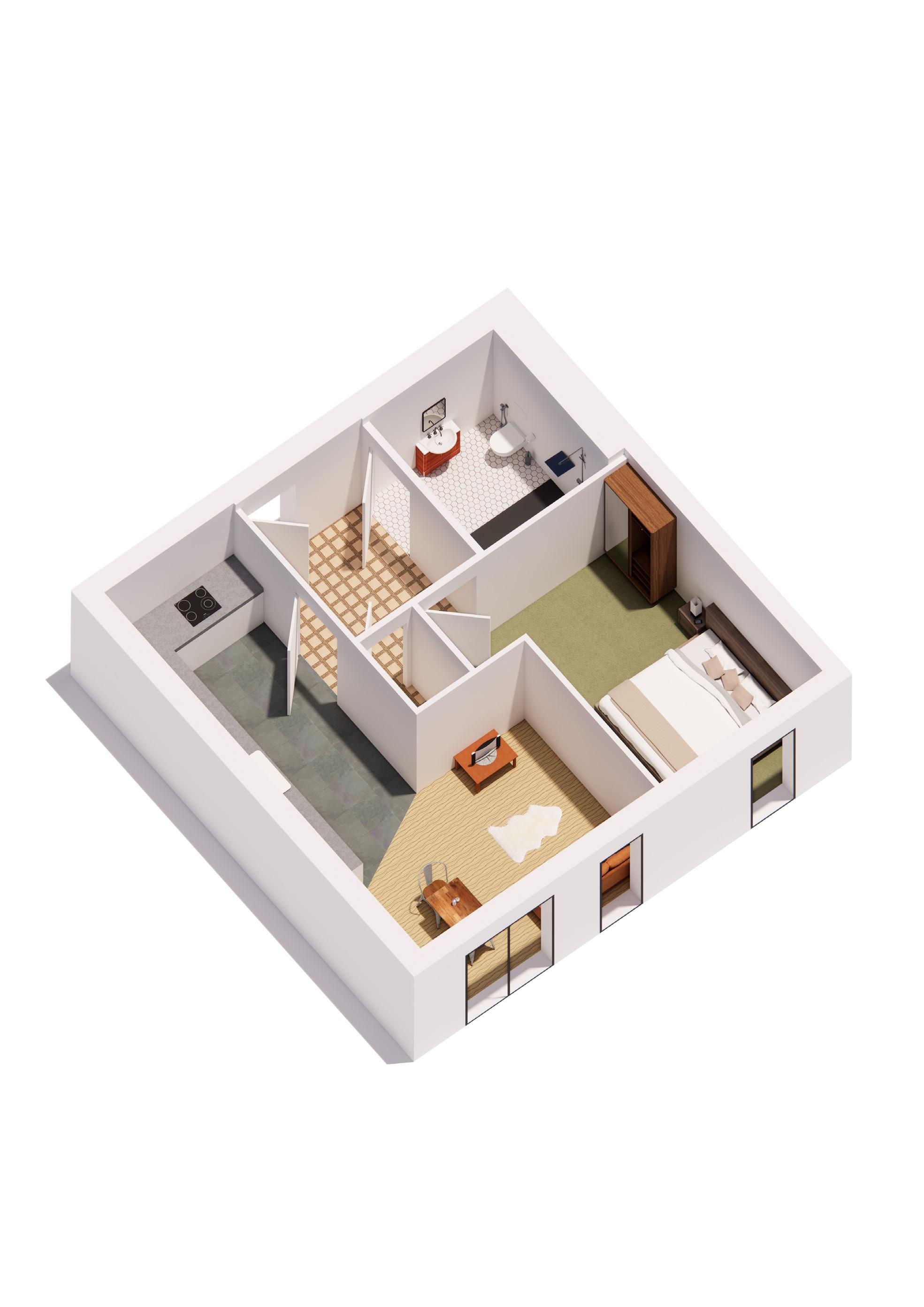

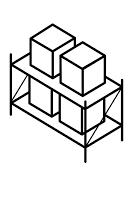


Creating comfortable staff spaces in Assited living buildings is vital for promoting staff well-being and ensuring quality resident care.
Here are key considerations:
Break Areas:

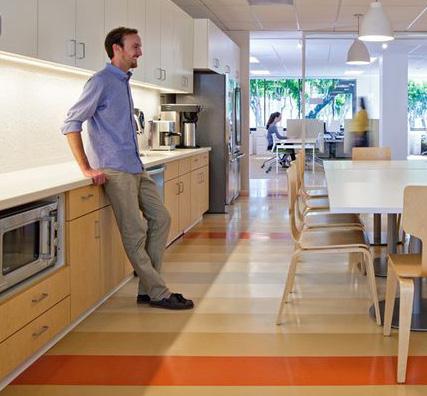


Comfortable break rooms with seating, tables, and entertainment options let staff relax during breaks.
Catering Facilities:
A small kitchen area with a fridge and microwave encourages staff to prepare meals.

Quiet Zones:
Designated quiet areas help staff unwind in high-stress environments.

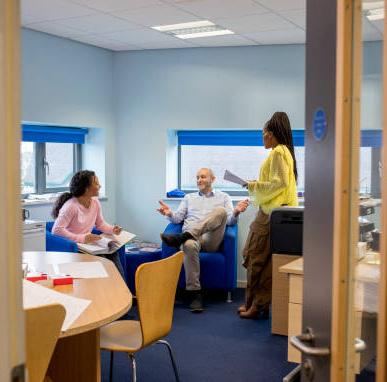
Training Spaces:
Flexible areas for training and meetings enhance collaboration and communication.
Feedback Mechanisms:

Regularly gather staff feedback to improve accommodations.





Navigation:
To improve the building’s functionality and accessibility, clear circulation pathways are essential. One-way systems will streamline movement and reduce congestion.
Informative signage will guide residents and visitors, enhancing navigation.
In larger buildings, multiple lifts should be distributed throughout to ensure easy access for all residents.
These enhancements will create a user-friendly environment that priorities movement and safety for everyone.



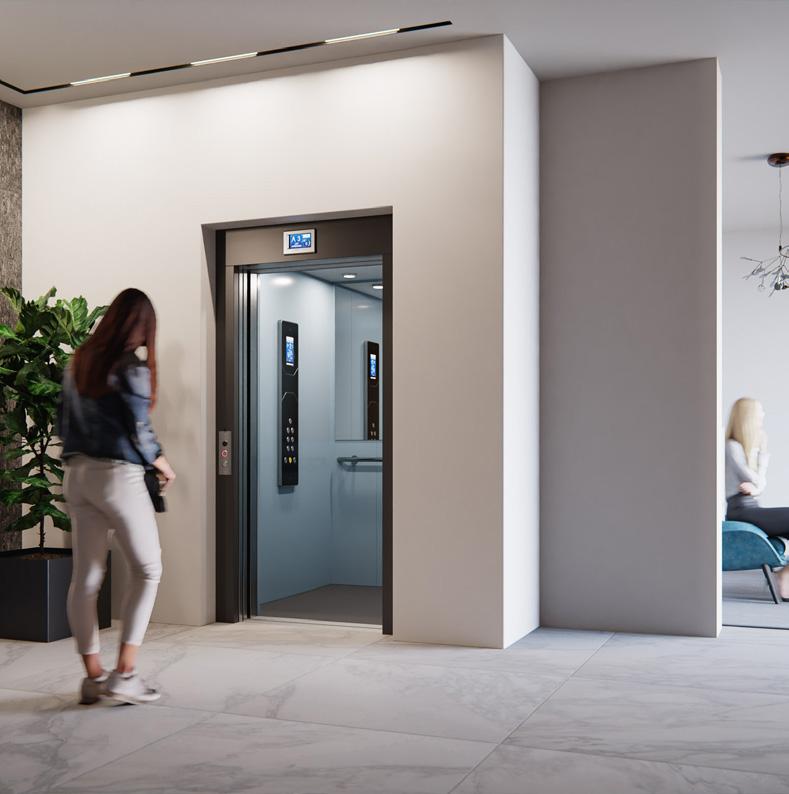




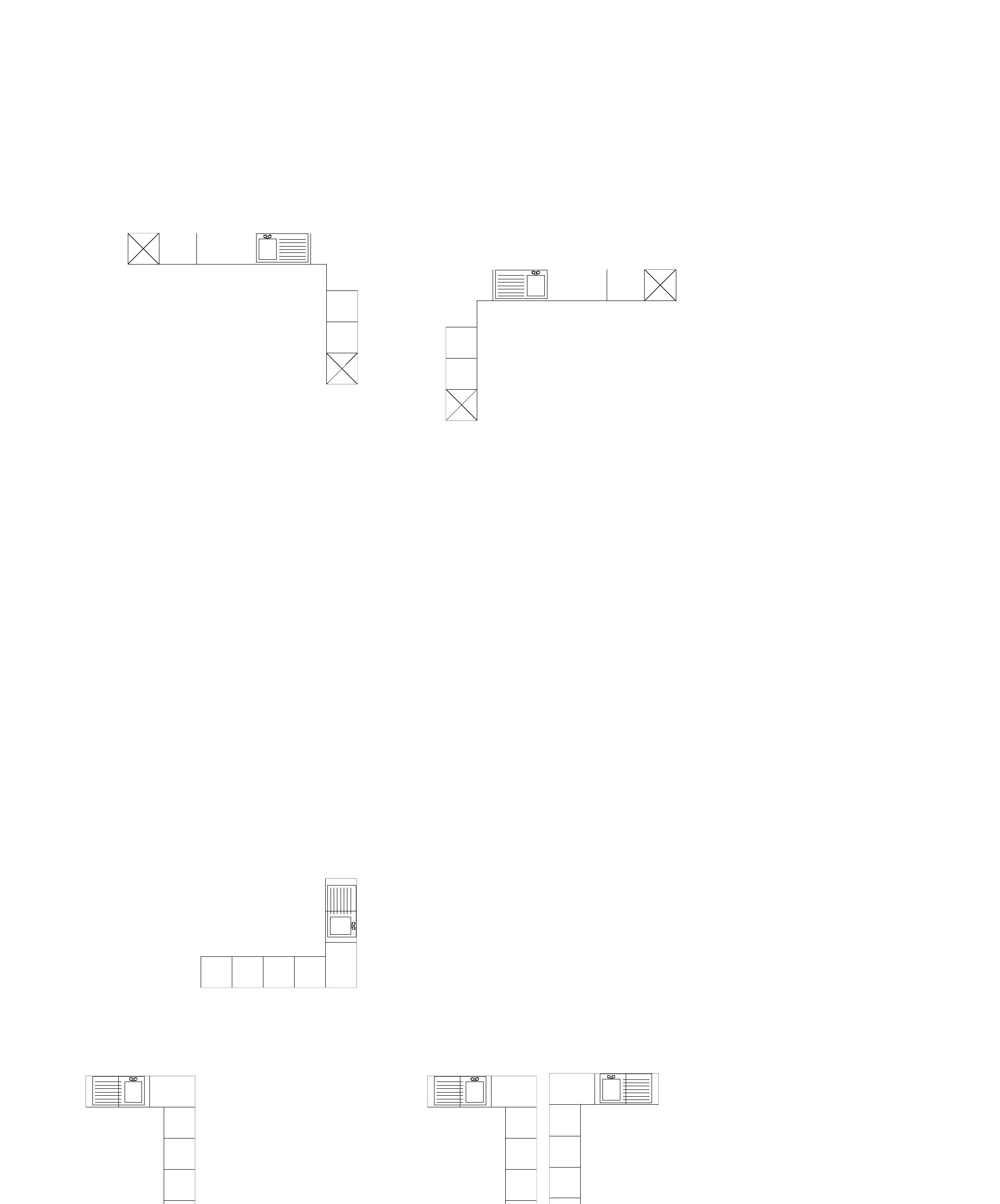

21st March 2025

Definition:
For the purposes of the workshop, the cohort is defined as residents with moderate learning disabilities. This excludes individuals with profound and multiple learning disabilities (PMLD). The residents are expected to have a significant level of independence and access to opportunities in education and employment.
Outcome:
The outcome of the design is to deliver a development that supports accessible and inclusive living by prioritising clear communication, straightforward layouts, and intuitive navigation within self-contained apartments, situated in a well-connected location with strong public transport links.




Given that many members of the cohort may not have access to a private vehicle, strong public transport links are essential. This also supports staff, some of whom may not drive. Nevertheless, adequate car parking will be provided in line with current planning policy: 0.5 spaces per dwelling and 1 space per 5 staff members. Cycle parking will be provided at a ratio of 1 space per 10 residents and 1 space per 5 staff, also in accordance with policy. Additionally, provision will be made for a larger vehicle, such as a minibus.
External spaces are considered vital to the wellbeing of residents. To ensure privacy for both residents and neighbouring properties, all buildings on the site will be set back behind green buffer zones along all boundaries. In addition to enhancing privacy, these buffers help mitigate noise—both from the residents and surrounding properties—which is particularly important where auditory sensitivity may be a factor. The outdoor environment will also include a mix of quiet and interactive zones, with opportunities for gardening and other therapeutic activities to support engagement and wellbeing.
The site should be situated close to local amenities, including shops, employment opportunities, and regular bus routes. It is essential that the location is not within a disadvantaged area, to minimise the risk of resident exploitation and to support resident independence, reducing over-reliance on staff.

Diagram





The development will consist of self-contained one-bedroom apartments, each with its own private entrance. Each unit will include a double bedroom, an open-plan kitchen/ living area, a bathroom, and dedicated storage space. To enhance safety and reduce the risk of uninvited visitors or potential exploitation, a single, controlled point of entry to the overall development is proposed.
A mix of accessible housing standards will be incorporated, with 20% of the units designed to meet M4(3) standards for wheelchair accessibility and the remaining 80% to meet M4(2) standards for accessible and adaptable dwellings. Corridors will be designed to M4(3) specifications with a minimum width of 1.5 metres, and a lift will provide access to upper floors, ensuring the building is inclusive and navigable for all users.
The scheme will include between 6 and 18 one-bedroom apartments. Staffing will be provided at a 1:6 ratio, and appropriate staff facilities will be integrated into the development. These will include a staff room, an office, a WC, and kitchen facilities (which may be incorporated within the staff room for efficiency).




priority.










Client Specialised Supported Housing Ltd
RIBA Stages 0-7
Zebra provided two supported living units, each with six private en-suite bedrooms with communal living. Kingfields has been designed to be a discreet and attractive building that will be a calm, safe and welcoming home for residents with physical and learning disabilities.
Each resident has a private bedroom and sheltered accesible garden, with facilities that assist the residents in developing skills for independant living.
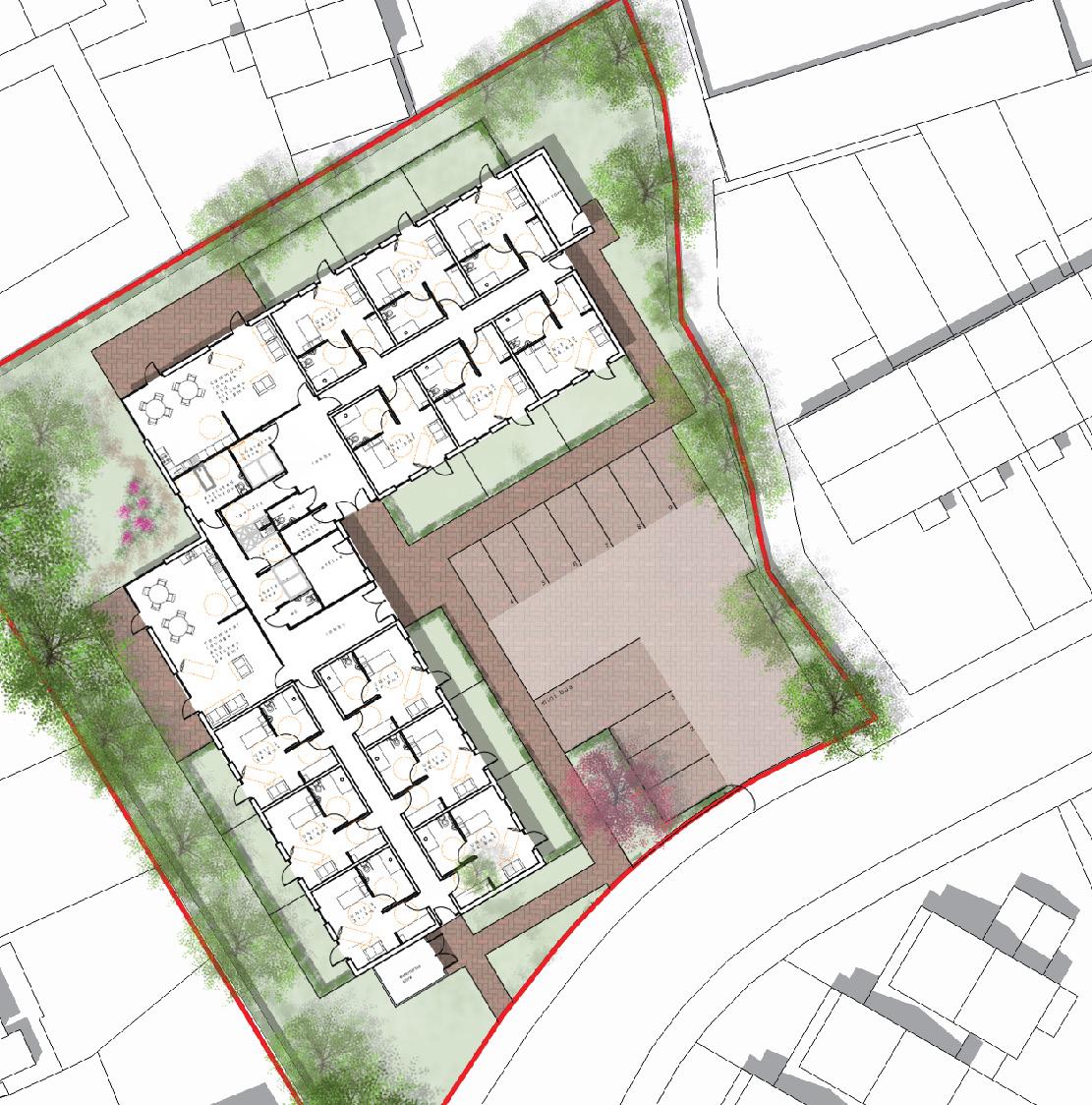

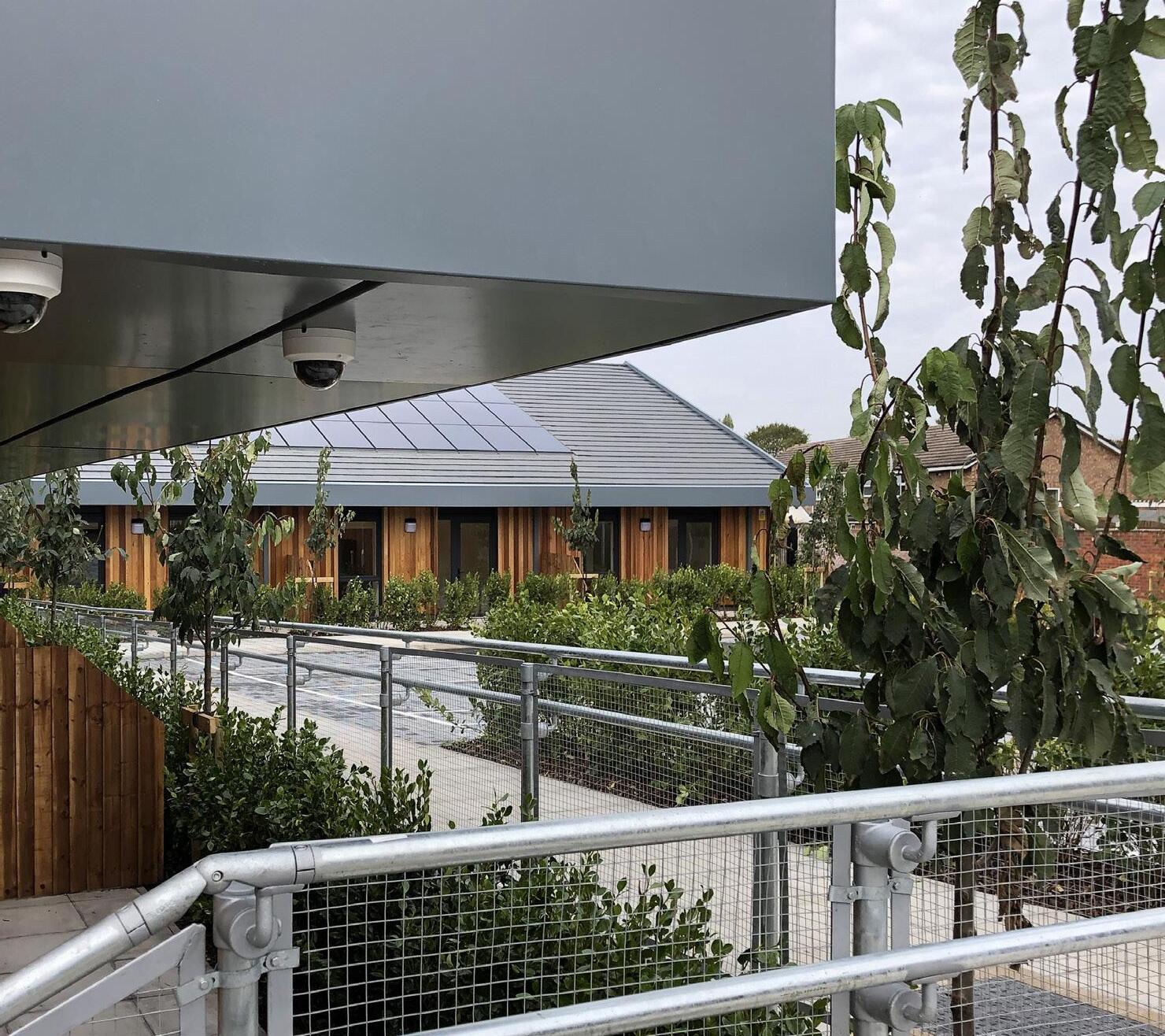


Client: SSH
RIBA Stages 0-7
Zebra designed a 20-unit assisted living scheme on a former garage site in the city center, aiming at client groups with physical and learning disabilities, including care leavers and injured service personnel.
Ten apartments were designed to M(4)3 standards for physical disabilities, while the other ten met NDSS standards for learning disabilities.
Collaborating closely with the commisioner for WCC, Zebra ensured the design aligned with housing needs for vulnerable clients. The scheme received unanimous support from the planning committee and was delivered on budget and on schedule, to a delighted client.

